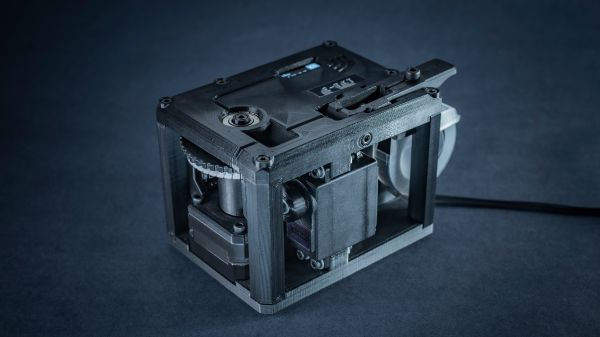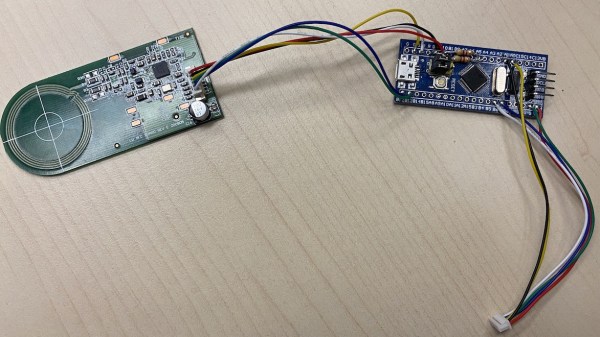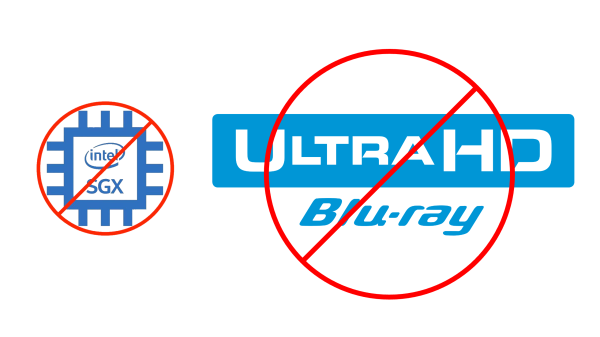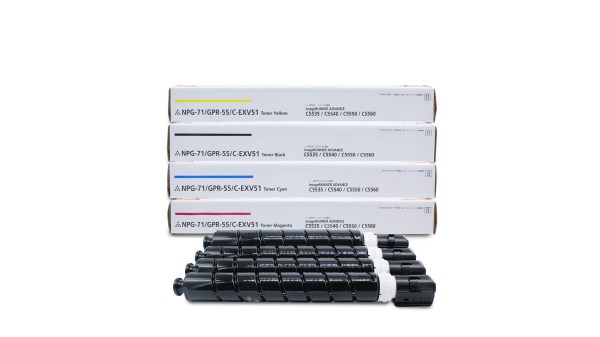Don’t look up! As of the time of this writing, there’s a decent chance that a Chinese Long March 5B booster has already completed its uncontrolled return to Earth, hopefully safely. The reentry prediction was continually tweaked over the last week or so, until the consensus closed in on 30 Jul 2022 at 17:08 UTC, give or take an hour either way. That two-hour window makes for a LOT of uncertainty about where the 25-ton piece of space debris will end up. Given the last prediction by The Aerospace Corporation, the likely surface paths cover a lot of open ocean, with only parts of Mexico and South America potentially in the crosshairs, along with parts of Indonesia. It’s expected that most of the material in the massive booster will burn up in the atmosphere, but with the size of the thing, even 20% making it to the ground could be catastrophic, as it nearly was in 2020.
[Update: US Space Command confirms that the booster splashed down in the Indian Ocean region at 16:45 UTC. No word yet on how much debris survived, or if any populated areas were impacted.]
Good news, everyone — thanks to 3D printing, we now know the maximum height of a dive into water that the average human can perform without injury. And it’s surprisingly small — 8 meters for head first, 12 meters if you break the water with your hands first, and 15 meters feet first. Bear in mind this is for the average person; the record for surviving a foot-first dive is almost 60 meters, but that was by a trained diver. Researchers from Cornell came up with these numbers by printing models of human divers in various poses, fitting them with accelerometers, and comparing the readings they got with known figures for deceleration injuries. There was no mention of the maximum survivable belly flop, but based on first-hand anecdotal experience, we’d say it’s not much more than a meter.
Humans have done a lot of spacefaring in the last sixty years or so, but almost all of it has been either in low Earth orbit or as flybys of our neighbors in the Sol system. Sure we’ve landed plenty of probes, but mostly on the Moon, Mars, and a few lucky asteroids. And Venus, which is sometimes easy to forget. We were reminded of that fact by this cool video of the 1982 Soviet landing of Venera 14, one of only a few attempts to land on our so-called sister planet. The video shows the few photographs Venera 14 managed to take before being destroyed by the heat and pressure on Venus, but the real treat is the sound recording the probe managed to make. Venera 14 captured the sounds of its own operations on the Venusian surface, including what sounds like a pneumatic drill being used to sample the regolith. It also captured, as the narrator put it, “the gentle blow of the Venusian wind” — as gentle as ultra-dense carbon dioxide hot enough to melt lead can be, anyway.
Continue reading “Hackaday Links: July 31, 2022” →
















